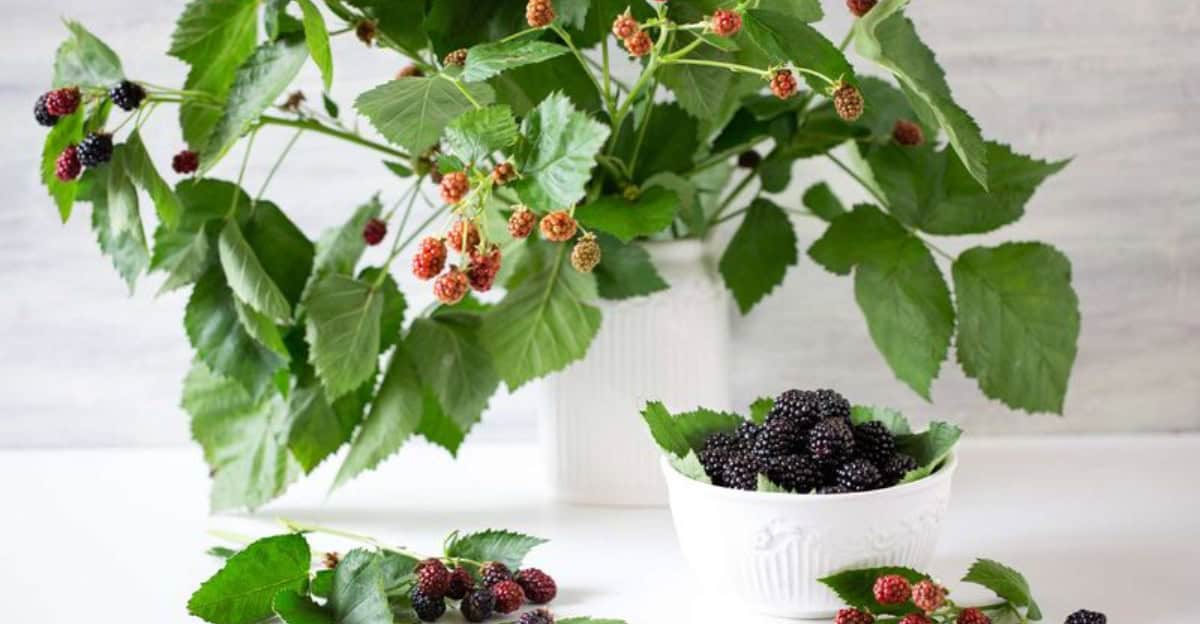Growing blackberries indoors can be a rewarding experience, offering you fresh, juicy berries all year round.
With their rich flavor and health benefits, blackberries are a delightful addition to your indoor garden.
This guide will walk you through ten essential steps to successfully nurture blackberry plants inside your home, providing tips on everything from choosing the right variety to harvesting your berries.
Whether you’re an experienced gardener or a novice, these steps are designed to help you enjoy the process and yield fruitful results.
1. Choose the Right Variety
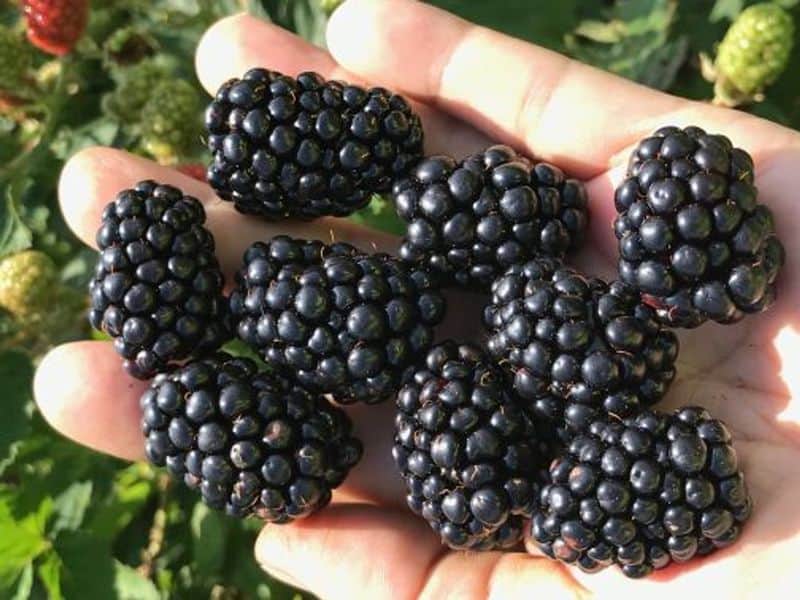
Selecting the right blackberry variety is crucial for successful indoor cultivation. Opt for thornless varieties, which are easier to manage and require less space.
‘Baby Cakes’ and ‘Prime-Ark Freedom’ are excellent choices, known for their compact size and high yield.
Research the characteristics of each variety, including growth habits and fruiting periods, to match your indoor environment.
Consider factors like the size of your space and available sunlight. With the right variety, you’ll set a strong foundation for your indoor blackberry garden, ensuring healthy growth and abundant fruit.
2. Prepare the Indoor Space

Creating an ideal space for your blackberry plants is essential. Ensure they have access to bright, indirect sunlight, which mimics their natural environment.
If natural light is limited, invest in quality grow lights to supplement sunlight.
Maintain a consistent temperature, ideally between 65-75°F, to encourage optimal growth. Arrange your plants with adequate spacing to allow air circulation, preventing mold and pests.
Consider placing them near a south-facing window for maximum light exposure. By setting up a dedicated indoor garden area, you provide a nurturing environment for your blackberry plants.
3. Select the Right Containers
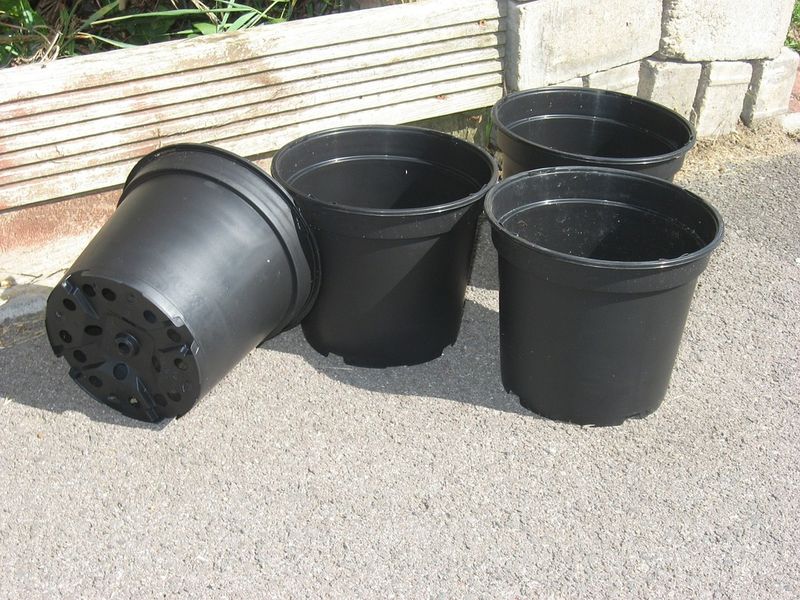
Choosing the right container is vital for your blackberry plant’s health. Opt for containers with good drainage to prevent waterlogging, which can lead to root rot.
Fabric pots are excellent as they promote air pruning of roots.
Ensure the containers are large enough to accommodate future growth, with a minimum size of 5-gallons per plant.
Self-watering containers can be a convenient option, reducing the need for frequent watering.
By selecting appropriate containers, you create an environment that supports healthy root development and robust plant growth.
4. Use the Perfect Soil Mix
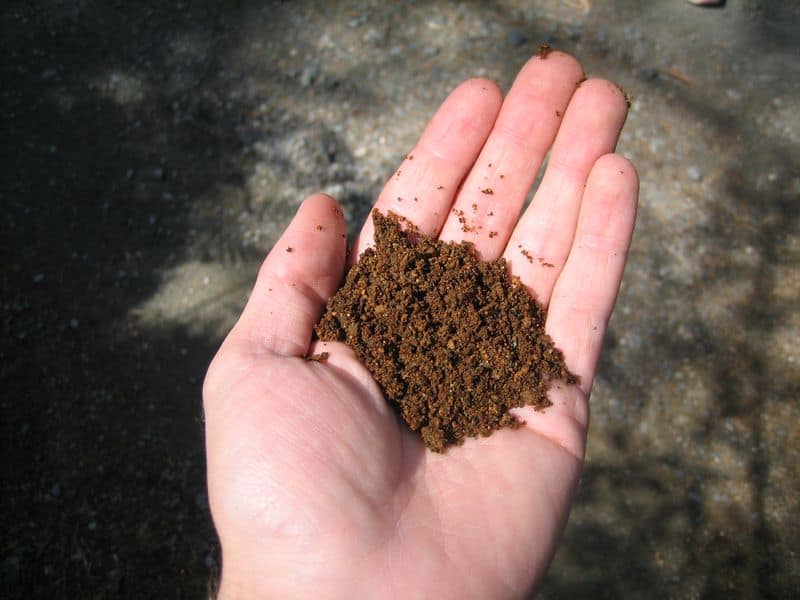
A well-draining soil mix is key to thriving blackberry plants. Combine potting soil with peat moss and perlite to enhance drainage and aeration.
This mix retains moisture without becoming waterlogged, preventing root rot.
Test the soil’s pH level, aiming for a slightly acidic range of 5.5 to 6.5, which blackberries prefer.
Regularly refresh the soil mix every few months to replenish nutrients and maintain a healthy growing environment.
By using a tailored soil mix, you ensure your blackberry plants receive the essential support they need for vigorous growth.
5. Planting Your Blackberries
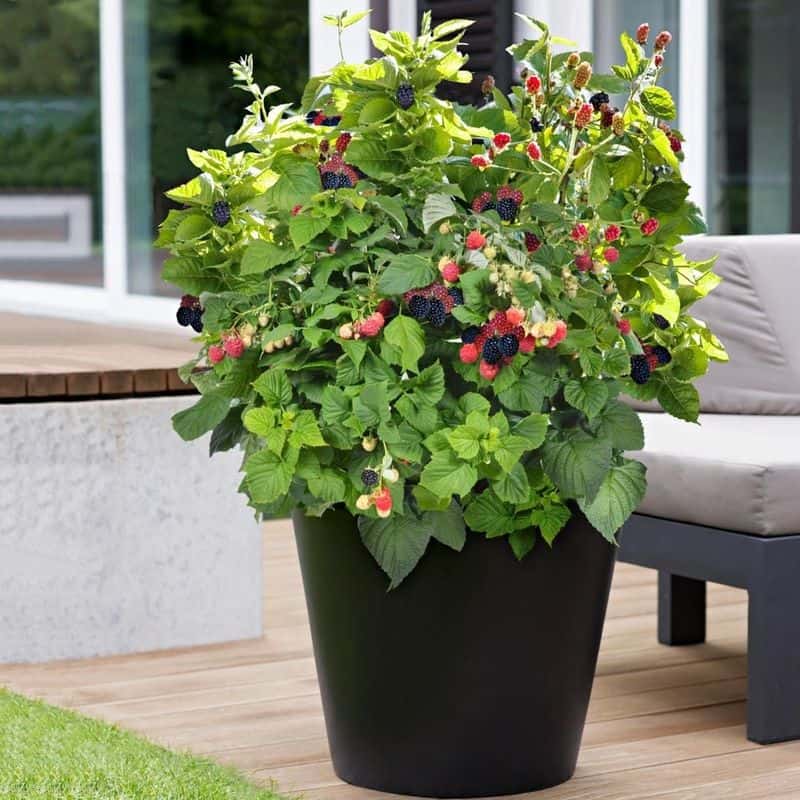
Proper planting techniques are crucial. Begin by filling your container with the prepared soil mix, leaving space for the root ball.
Gently remove the seedlings from their nursery pots, being careful not to damage the roots.
Place the plant in the center, covering the roots completely with soil. Water thoroughly to eliminate air pockets, ensuring the soil is evenly moist.
Mulching around the base helps retain moisture and regulate temperature. Plant during early spring or late winter for the best results.
With careful planting, your blackberries will establish strong roots and flourish.
6. Fertilize for Optimal Growth
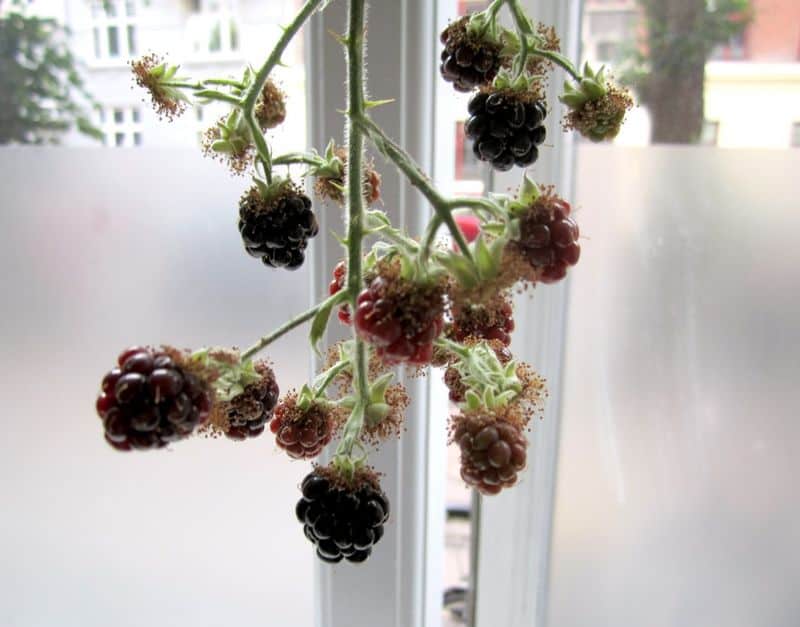
Fertilization is vital for blackberry plant health. Use a balanced, organic fertilizer to supply essential nutrients.
Apply fertilizer during the growing season, following the recommended dosage on the package. Compost can also be an excellent addition, providing a slow-release nutrient source.
Avoid over-fertilization, which can harm plant health and reduce fruit quality. Monitor your plants for signs of nutrient deficiency, such as yellowing leaves or stunted growth.
By maintaining a regular fertilization schedule, you promote vigorous growth and maximize fruit production.
7. Watering Wisely

Consistent watering is crucial for healthy blackberry plants. Maintain soil moisture without overwatering.
Check the top inch of soil; if dry, it’s time to water. Use room-temperature water to avoid shocking the roots.
Water at the base of the plant, preventing leaf wetness and fungal issues. In warmer months, increase watering frequency to keep up with evaporation rates.
Consider using a moisture meter to accurately assess soil needs. By watering wisely, you sustain plant health, encouraging robust growth and plentiful fruiting.
8. Pruning for Productivity
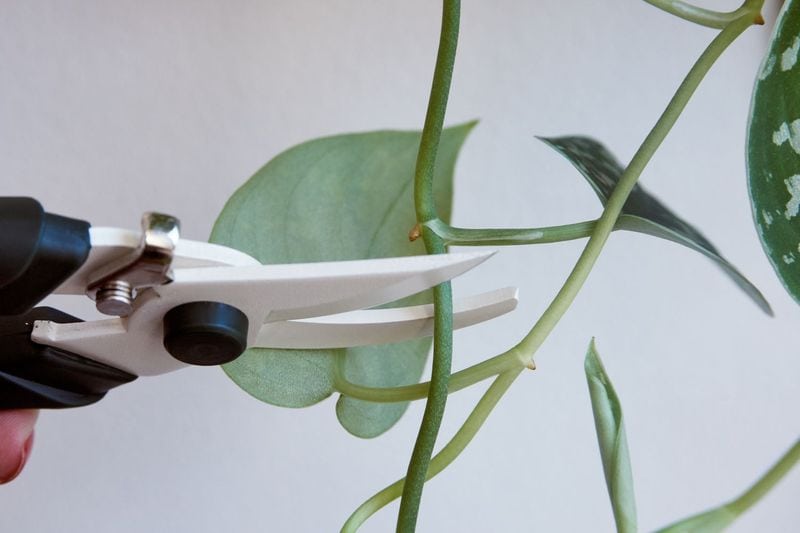
Regular pruning enhances fruit production and plant health. Remove old, dead canes to encourage new growth.
Focus on thinning the plant, removing excess canes to allow sunlight penetration and air circulation.
Prune after harvesting to prepare the plant for the next growth cycle. Use clean, sharp tools to make precise cuts, avoiding damage and disease.
Proper pruning also helps manage plant size, making it suitable for indoor conditions. By maintaining a pruning routine, you boost your blackberry plant’s productivity and overall vitality.
9. Pest Management
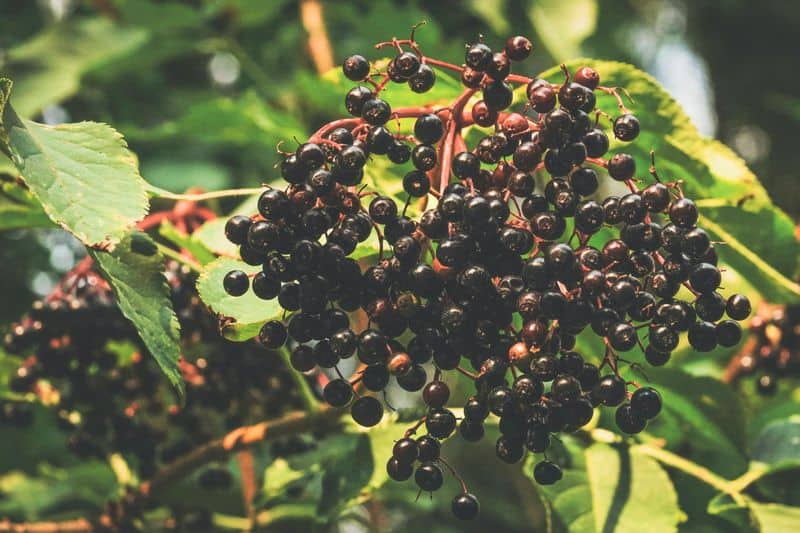
Pest management is essential for healthy blackberry plants. Monitor regularly for pests like aphids and spider mites. Use natural remedies such as neem oil or insecticidal soap to control infestations.
Introducing beneficial insects, like ladybugs, can naturally manage pest populations. Maintain plant health through proper watering and air circulation to reduce vulnerability to pests.
Clean your growing area to prevent pest habitation. By implementing integrated pest management, you protect your blackberries from damage and ensure a bountiful harvest.
10. Harvesting and Enjoying
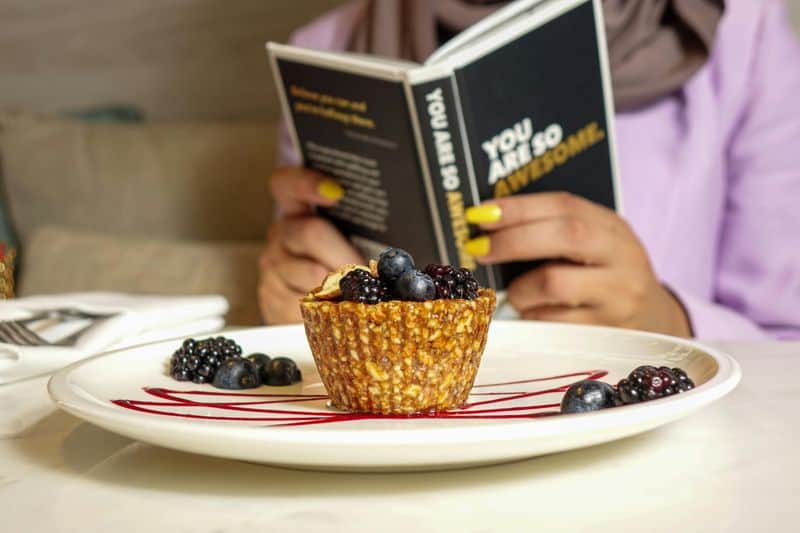
Harvesting is the rewarding final step. Pick berries when they are fully black and plump, ensuring peak flavor and sweetness.
Gently twist the berry off the stem to avoid plant damage. Enjoy fresh, or use in recipes like pies and jams.
Regular harvesting encourages continuous fruit production. Handle berries with care to prevent bruising. Refrigerate if not consuming immediately, extending their freshness.
Celebrate your hard work by savoring the fruits of your labor. With patience and care, your indoor blackberry journey culminates in delicious, healthy treats all year.

